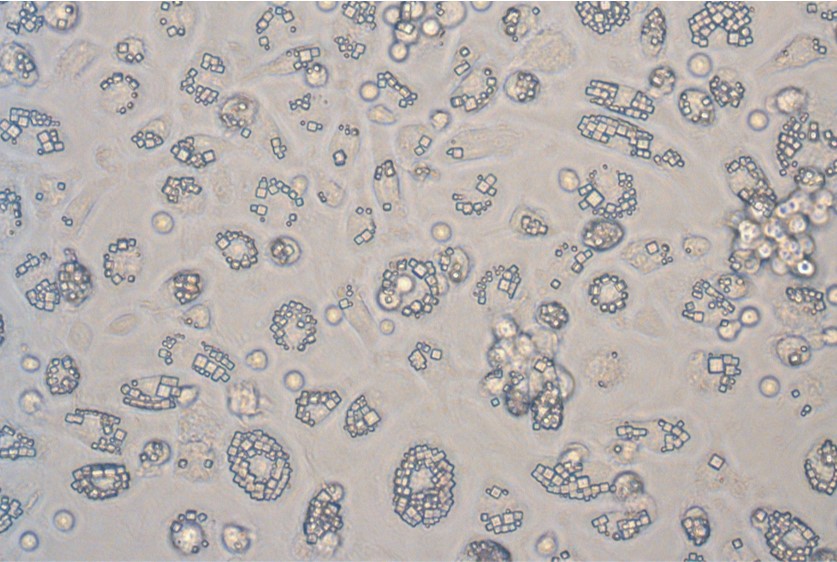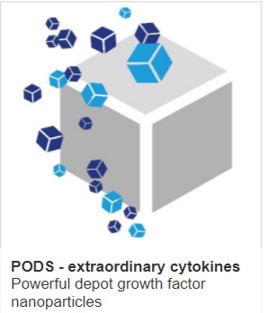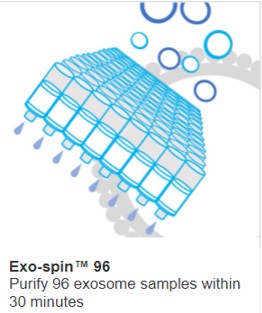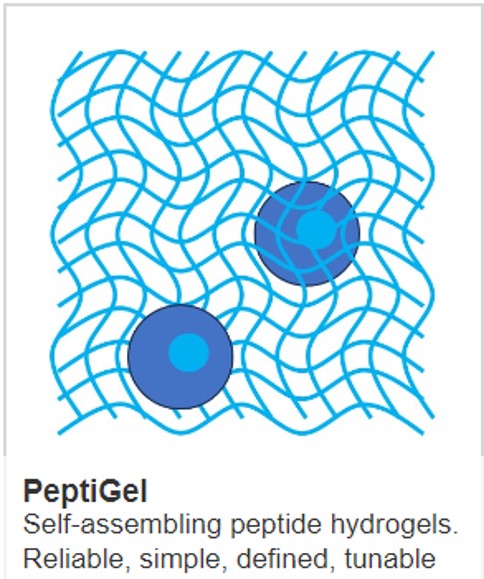Polyhedrin microparticle neuronal drug delivery

Drug delivery to the central nervous system (CNS) is challenging. CNS drugs, for example, that are unable to cross the blood brain barrier (BBB) cannot be delivered orally or intravenously. Developing drug delivery technologies that can address the specific challenges of delivery to the CNS is a very active area of research. The interaction between drugs and immune cells modulates pharmacodynamics. A new paper from researchers at Keele university explores the interaction between a candidate drug microparticle technology and brain immune cells.
Drug microparticles have been engineered using a wide variety technologies. Some of these can slowly release their drug cargoes providing sustained drug availability to treat disease. In some cases, notably PODS, microparticles are readily phagocytosed. This may provide a mechanism to deliver across the BBB using phagocytic immune cells.
PODS® (Polyhedrin delivery system) are sub-micron (0.2-7 microns) scale cubic protein crystals made in cultured insect cells. PODs are engineered to contain a cargo protein of choice. In the presence of proteases (which are ubiquitous in living organisms), PODS slowly dissolve, releasing their cargo over a period of days to weeks. It has been previously demonstrated that PODS are phagocytosed without any apparent effect on functionality of the cells
As a prerequisite to CNS therapy, it is important to understand the interaction of drug particles and the unique immune environment of the brain. A research team at Keele University in the UK, led by Stuart Jenkins, examined the interaction of PODS and microglial cells. These cells can be thought of as the brain’s resident macrophages.
The researchers incubated PODS containing green fluorescent protein (GFP) and primary mouse microglial cells together for 24 hours and then evaluated the effect on the health of the microglia in particular looking for any signs of acute immunotoxicity. Consistent with previous reports using macrophages, they found that a large proportion of the microglia ingested the PODS. They were able to observe displacement of the nucleus by the PODS in some cells although this didn’t have any measurable effect on the behaviour of the cells when compared with an untreated control group.
The team concluded that there was no reduction in cell number or increase in inflammatory morphologies. Some PODS remained extracellular during 24 h experiments, supporting the conclusion that extracellular drug release from PODS is likely to occur within brain tissue, even in the presence of microglia. Previous studies suggest that even ingested PODS may be able to release functional protein.
IMAGE: Phagocytic cells engulfing PODS protein crystals CREDIT: Cell Guidance Systems



